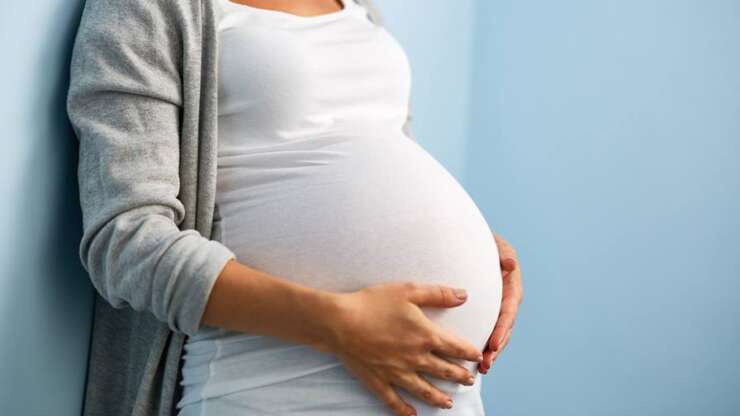Υπάρχει κάποια σχέση ανάμεσα στην ηλικία κατά την πρώτη διάγνωση της ενδομητρίωσης και την βαρύτητα της νόσου; Τι λέει η έρευνα σχετικά με αυτό το ερώτημα; Το παρόν κείμενο γράφτηκε με αφορμή την πρόσφατη σχετική δημοσίευση από τους Comptour και συνεργάτες (1), μια προοπτική μελέτη με δεδομένα από το 2004 έως το 2012, με στόχο την αναζήτηση πιθανής συσχέτισης ανάμεσα στην ηλικία διάγνωσης της ενδομητρίωσης και την βαρύτητα της νόσου. Στην μελέτη αυτή συμπεριλήφθηκαν 964








